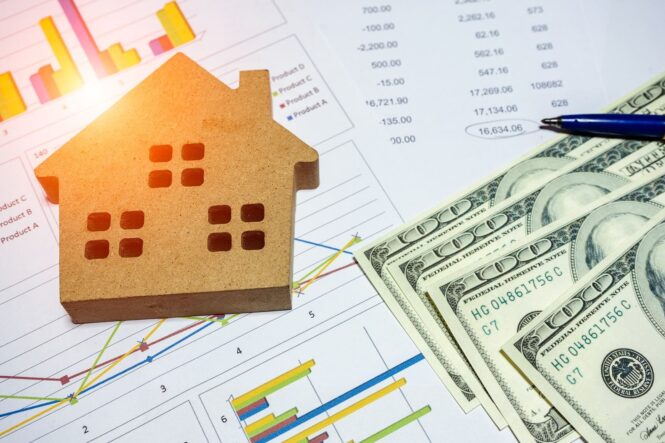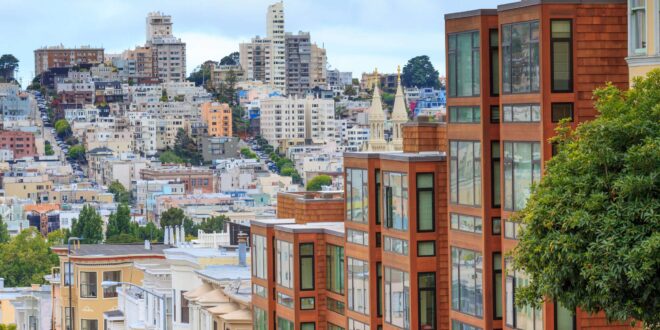The San Francisco Rent Ordinance, which aims to shield tenants from excessive rent increases and unfair evictions, governs rent control in San Francisco. You need to do the right thing by reaching out to a reliable source that can give you more information about the rental basics and what are the things you need to keep in mind to get the best price for the apartment you are looking for.
The amount of rent that landlords can charge their tenants is restricted by laws governing rent, so there should not be frequent fluctuations in the rental prices. It aims to safeguard tenants from rising rents and unannounced evictions.
These regulations change depending on the location and are made by a group of people known as “rent boards.” this article will further help you know more about the element related to rent control in San Fransisco.
6 Important Elements Of Rent Control In San Francisco:

The maximum rent that may be charged is capped, ensuring that landlords may only increase rents for specific units by a predetermined amount each year. Many other things are also related to the rental dynamics in San Francisco. If you want to hear more about it from professional realtors, you must reach out to reliable San Francisco realtors who can help you. The main elements of rent control in San Francisco are as follows:
1. Rent Control Coverage:
Residential buildings built before June 13, 1979, are generally covered by the San Francisco Rent Ordinance. Most structures made after this date are exempt from rent control. This data is gathered from reliable sources, but you must keep yourself up to date with the official sites so that you don’t miss out on anything.
There are a few exceptions, though, so it’s crucial to confirm a property’s precise status. When you reach out to the realtors, they will guide you through so that you can know about the rent scenario in the town.
2. Limits on Rent Increases:

Landlords aren’t allowed to raise rents under rent control. In accordance with the most recent update, rent increases for covered units were constrained annually and typically correlated with the Consumer Price Index (CPI). The rent boards work to keep a check on all these crucial issues and ensure that rental rates do not make people face any problems.
For instance, the maximum permitted rent increase might be calculated using 60% of the Bay Area’s CPI. The San Francisco Rent Board will determine how much rent increases are permitted. They ensure that, and this is why you need to rely on the right sources to get the appropriate information on time.
The maximum annual increase is 7 percent; in 2020 the average increase was 1.8 percent. San Francisco renters are not required to pay more if they bring a new roommate or a baby into their living situation, in contrast to the laws in Los Angeles. There are other guidelines also that depend upon different landlords, which you might need to consider so it is important to get all the information about the rent and the living guidelines in the starting only.
3. Different modifications:

Also, it is important for you to know a little about the background and modifications. Other modifications to the state’s rent control laws were made in 2019. More specifically, a law limiting annual rent increases to a maximum of 10% was passed in California. Only tenants who reside in buildings built between 1979 and 2005 are covered by this law. Even though there have been some changes, and as the dynamics, things keep changing with time.
Rent-controlled tenants in San Francisco are also protected from evictions without just cause. Landlords can only evict tenants for specific grounds known as “just cause.” You should know about all these different issues that you might face in the future and be prepared for them. These explanations might include non-payment of rent, breach of the terms of the lease, owner move-in, or significant renovations that call for the unit to be moved out.
4. Relocation Assistance:
When evicting a tenant for “just cause,” a landlord may be required to offer relocation assistance to aid the tenant in finding new housing. You should ask about it from them and don’t just walk.
There are some things you need to consider before your landlord asks you to evict. Consider this one of the things that you will get in return from the landlord after the just cause eviction.
5. Capital Costs And Operating Expenses:

If the rental property requires capital improvements, the costs may be passed directly to the tenant with a maximum increase of 10%. It has to be borne by the tenant. Additionally, with a maximum increase of 7%, you can pass along higher maintenance and operating costs. However, keep in mind that before you can implement any rent increases you make that aren’t related to inflation, they must be completely documented and approved by the San Francisco Rent Board.
You should keep in mind that the rent board should approve it. Otherwise, it might not be applicable. If the rent increase is brought on by increased maintenance and operating costs or capital improvements, the tenant can ask for a fundamental hardship exemption. There are other things also which the realtors can provide more in-depth information.
6. Buyout Agreements:
It is against the law for landlords to coerce tenants into signing voluntary buyout agreements. You should ensure that you don’t fall for such things because you might be new to the rental procedure.
Before agreeing to any buyout agreement, tenants have the right to seek legal advice. This is the reason you can go for a realtor who can ensure what is right for you to do in that particular situation.
Bottom Line
If you are planning to go for apartments and any rental property in San Francisco then you must not forget to know about all the basic elements in detail. You can consider this as your guide and ensure that you know about the rental situation in San Francisco.
 Imagup General Magazine 2024
Imagup General Magazine 2024



